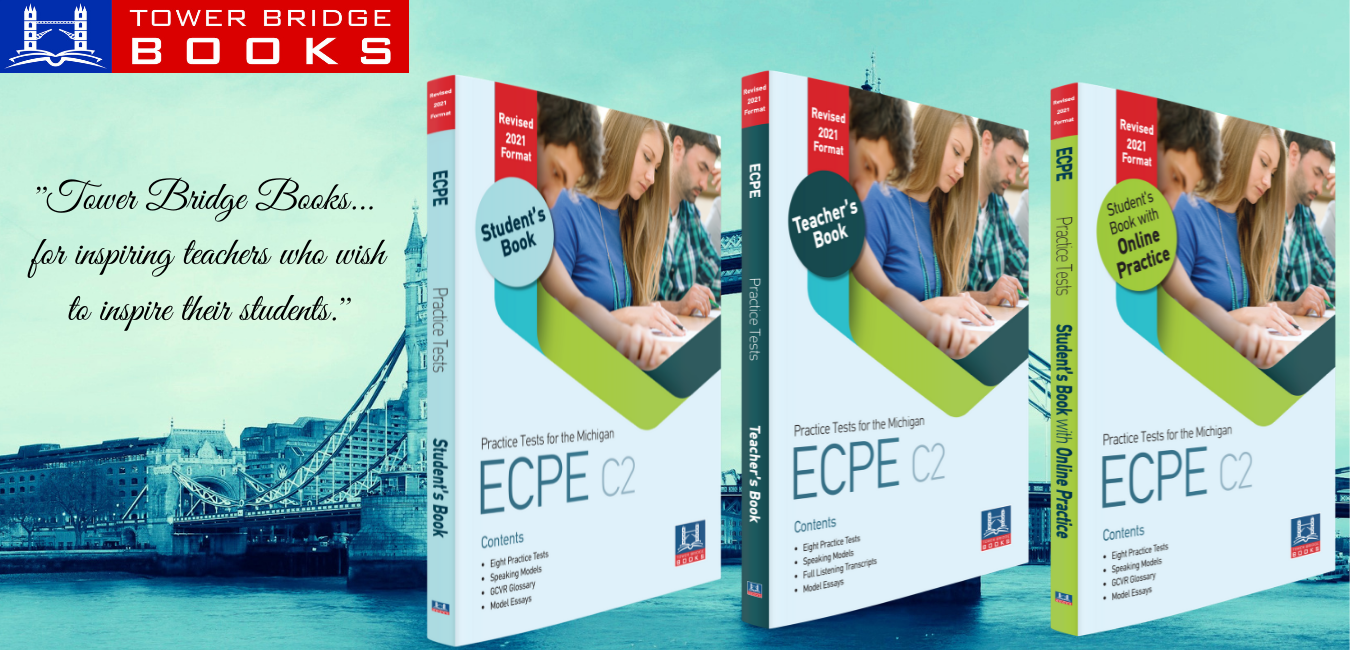I love math journals for my students. Many parents and teachers are familiar with these tools in other subjects. You might be surprised, however, to see how effective they can be in a classroom where numbers rule.
You may recall learning logs in English and humanities or lab notebooks in science. Math journals (or logs—you can use the terms interchangeably) can look a little different from those used in other subjects. Pages can include written reflections and explanations. Ideas might also be expressed with illustrations, diagrams and charts, bulleted lists, and other visuals. If a classroom is completely digital, technology can be used to create journals. For example, a student can work a problem or draw a diagram with tablet tools and then take a photo to include it in their journal.
The journal is a work in progress, without the expectation of perfection on every page. Typically, journals show evidence of a student’s learning processes and reflections. The log records not only important ideas related to content but also thoughts about the learning itself. It is a record of personal experience showing what a student tried, what worked and what didn’t, what practices should be continued, and what improvements a student should focus on going forward. Math journals can be used in early grades through grade 12, once students have developed sufficient writing and drawing skills.
I think of it as being like a child unwrapping one of those holiday balls made of crepe-paper streamers. When you pull and unwind a streamer, little trinkets fall out. Similarly, with journaling, the process may reveal something about what students know, even before they recognize and own that knowledge base.
WHY USE THEM?
As teachers, we know that students vary in prior knowledge and in how they best engage in mathematics. A math journal offers opportunities for a student to try out, explore, and express ideas as solutions evolve. Nonverbal and nontechnical expression with drawings or diagrams provides additional access to understanding content.
Consequently, journals can promote initiative and confidence, which we know are gateways to learning.
Each entry helps organize and clarify thinking processes for deciphering mathematical situations. Students begin to make connections across mathematical ideas, see and use a variety of strategies, monitor and reflect on processes, and understand and use multiple representations. They can reference earlier work in the journal and revisit similar tasks to internalize and refine knowledge of problem-solving.
Sharing solutions with other students by talking about or sharing journal entries can be less intimidating than impromptu explanations in front of the whole class. Discussions, either in pairs or in small groups, can introduce new ideas and encourage students to evaluate strategies—their own and those of others. In addition, students have to try to communicate mathematical ideas effectively and use mathematical language correctly and precisely. This can help with accessibility by making strategies explicit.
Math journals sometimes reveal unplanned learning insights. An early elementary child who is working on addition problems may reveal that they know the fundamentals of multiplication as they illustrate several groups of the same number of items. In my home state of Louisiana, we call that lagniappe, a Cajun word that means an extra or unexpected bonus or gift.
TYPES OF MATH JOURNAL PROMPTS
Reflective prompts: These help students think critically about what they are learning, providing opportunities to synthesize learning and address unanswered questions. Prompts can lead a student to analyze successes and challenges, draw parallels or find differences, and make recommendations for modifications.
Problem-solving notebook prompts: A student might work through a mathematical situation and write about the strategy. In reflections, the student might analyze how that solution worked, consider other approaches, and make suggestions for tackling future problems.
Topic development prompts: If there is a specific content focus, such as understanding fractions or solving equations, a journal might be a record of how students developed their understanding. Frequent look-backs and corresponding reflections might provide those aha moments at certain junctures.
ORGANIZING SUGGESTIONS
Teachers should help students organize their journals from the beginning. This helps organize thinking, ensure that critical components are included, and provide a way to locate work. Here are some suggestions you can give students.
Create a title page: Include the name of the subject and the name of the student. It might also include the date the journal began. A concluding date can be added when the journal is completed or the course ends. I always let students decorate this page if they wish.
Add a table of contents: Leave several pages at the beginning to catalog the work as it is created. Over time, students will be able to quickly locate a particular problem or reflection.
Include title and dates for each topic: A title helps the mind identify and define the topic covered. The date creates a timeline of learning and thinking evolution.
Leave a margin on at least one side of the page: Many composition books have a red line about an inch from the right side of the page. Remind students not to draw or write beyond that line—it’s a good place for comments or questions. A teacher can use this space to write a note to the student asking a question, recognizing a particular strategy, noting a calculation, etc. The student might then go back, make a correction, add an explanation, illustrate an idea, etc. Students might reply or go back and rework a problem with a different strategy. That back-and-forth serves as a record of thought development.
Write only on one side of the page: I like to use only the front of the right-hand page for my work. Many times, I have rethought the problem, seen a better way to approach it, or obtained additional information. Having margins and the left-hand page available leaves room for reflective notes, feedback, or edits to be in the same location. Students can see how their thinking evolves.
Keep all pages: Even if a student makes an error, that page should remain in the book. Students can go back and see how they learned from errors.
Sometimes, as educators and parents, we look for that shiny new thing to help propel children’s learning. With journaling, we’re using something tried and true and applying it in math class. Give it a try with your students—you’ll soon see the benefits.
By Nell McAnelly








